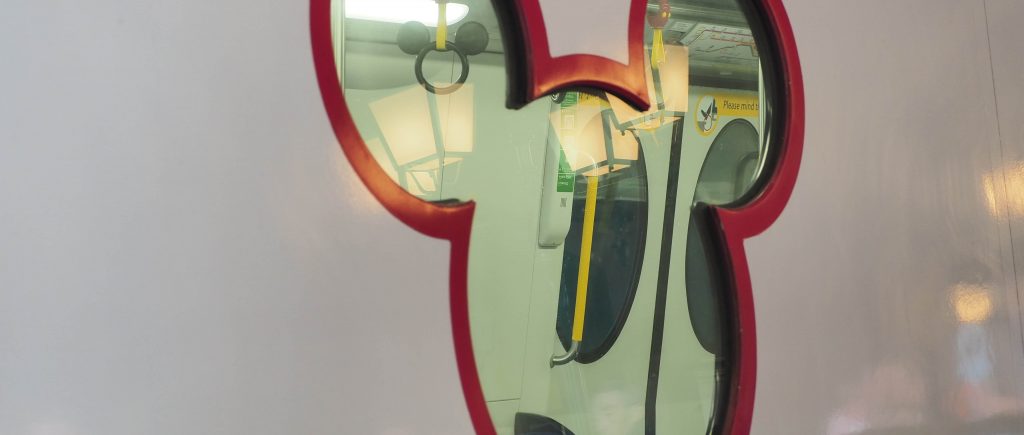An investor’s mind is a funny thing when it comes to risk-return judgment. Research on risk-aversion has found that most investors dislike losses more than they find joy from gains.
The result from this is that the magnitude of market selloffs pushed by news are worse than the velocity of gains after good news has hit the headlines.
Disney stock is standing on a frail foundation already as global pandemic re-opening hasn’t been as successful as many would have hoped by now.
And my senses tell traders that we could well see an example of risk-aversion play out among Disney investors as the new omicron variant is having a substantial impact across the globe.
Disneyland in Hong Kong has closed for a fourth time as the city has taken another hard stance to mitigate the spread of the omicron variant.
The park is shutting down for two weeks, according to its website, which reads as follows: “as required by the government and health authorities and in line with prevention efforts taking place across Hong Kong”.
There is some positive news, though, as the hotels and their restaurants and recreational facilities will stay open although with limited capacity.
This does not spell a good start to 2022 for Disney, providing the possibility that the Hong Kong closure could be the first of an array of closures around the globe amid the inter-linkages of covid-19 mitigation policies.
The company operates a hybrid business model, with approximately 25% of its revenue being generated from asset-heavy operations such as its parks.
Disney has already experienced a 61.83% contraction in parks, experiences, and products revenue growth during the pandemic, which has caused the firm’s interest coverage ratio to trade 21.69x below its historical highs, subsequently spelling liquidity concerns.
Disney stock is overrated relative to just about every benchmark available, but let’s compare its ratios relative to their 5-year averages for practicality’s sake. Disney’s price-to-earnings ratio is overvalued by 2.04x, with its price to sales and price to cash flow ratios also trading at premiums worth 20.12%, and 69.72%, respectively.
Disney reported a 39% decrease in year-over-year operating income of its [media and entertainment] segment, and although its park and experiences segment recovered by 47%, it’s likely to revert down as omicron plays its role.
Additionally, Disney’s media and entertainment division has probably hit peak growth for now and is unlikely to facilitate the losses incurred by other business units. A final factor to consider would be the stagnating GDP growth, Goldman Sachs cut its anticipated 2022 GDP growth down to 3.8% from 4.2%, and consumer discretionary services could falter should stagnation materialize.

 Noor Trends News, Technical Analysis, Educational Tools and Recommendations
Noor Trends News, Technical Analysis, Educational Tools and Recommendations




